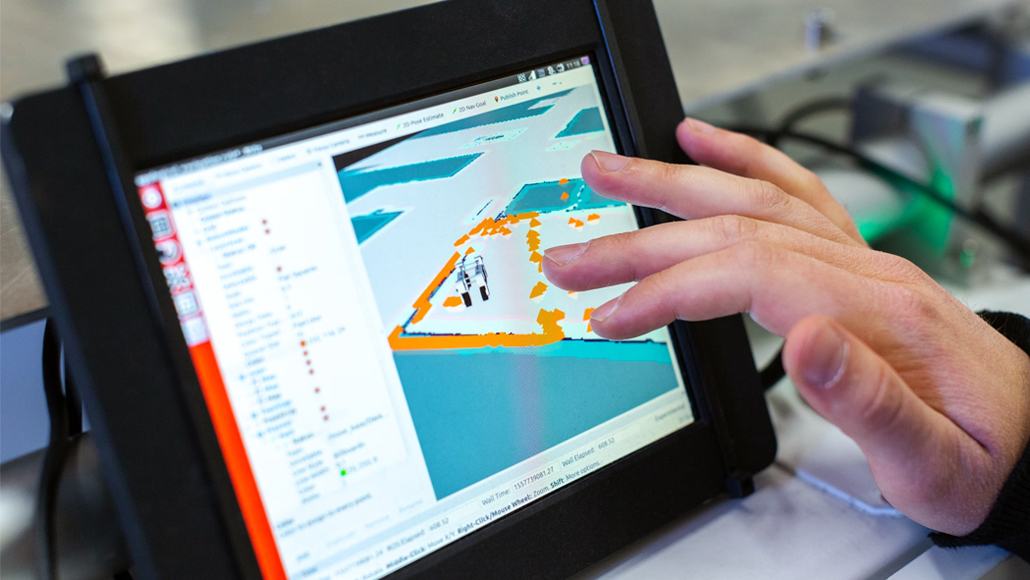Waiting in long lines can test anyone’s patience. Whether it’s at the bank, a hospital, or a service centre, unorganized queues often lead to frustration and poor service experiences. Queue system software has been developed to help businesses manage foot traffic better. It makes service faster, smoother, and more predictable.
Here’s an overview of what this software does, how it works, and why so many organisations are choosing to use it.
What Does Queue System Software Do?
Queue system software is a digital tool that helps manage queues. It replaces manual token systems or physical lines with automated solutions. Customers get assigned a place in a virtual queue and receive alerts when it’s their turn. This saves time and allows people to do other things while waiting.
The software is commonly used in banks, hospitals, retail outlets, and government offices. It enables staff to manage service flow, alleviate pressure during peak hours, and collect valuable data about operations.
How Does It Work Step by Step?
Understanding the flow makes it easier to see why this solution is becoming popular.
- Check-In: Customers check in via a kiosk, app, or reception desk. The software logs them in and places them in the virtual line.
- Queue Assignment: The tool assigns them a token number and shows an estimated wait time.
- Real-Time Updates: Customers receive updates via digital screens or SMS alerts, so they know when to prepare.
- Call Forward: When it’s their turn, they’re called to the counter or service point.
- Feedback Option: After the service, many systems request quick feedback to enhance the customer experience.
This process makes things more predictable for both customers and employees.
What are the Various Types of Queue Management Systems?
Queue Management Systems (QMS) come in various forms depending on the business type, customer volume, and service structure. Here are the most common types:
1. Linear System of Queue Management
This is the traditional setup where customers physically wait in line. It can be enhanced with signboards, digital displays, or token systems to streamline movement and reduce confusion.
2. Virtual Queuing System
Customers join the queue remotely—via mobile apps, websites, or kiosks—and are notified when it’s their turn. This system reduces physical crowding and improves customer comfort.
3. Appointment-Based Queue System
Common in healthcare, salons, and government offices, this model allows customers to book specific time slots, helping reduce walk-ins and manage footfall effectively.
4. Self-Service Queue System
Using self-service kiosks or mobile applications, customers can register, choose the services they need, and track their place in the queue in real-time—improving autonomy and efficiency.
5. Priority Queueing System
Designed to serve certain customers first based on pre-set rules like membership tier, urgency (e.g., in hospitals), or service complexity. This system ensures faster service for high-priority cases.
What Are the Key Benefits?
Now that the basic setup is clear, let’s look at the real value it offers.
- 1. Reduced Wait Times
Customers no longer have to stand in long lines or wonder how long it’ll take—queues are managed efficiently, cutting down idle time.
- 2. Improved Customer Experience
With clear communication and timely updates, customers feel more relaxed and in control, leading to higher satisfaction levels.
- 3. Boost in Staff Efficiency
Frontline teams spend less time managing queues and more time delivering quality service, resulting in faster service and less burnout.
- 4. Live Tracking & Oversight
Supervisors can monitor queue lengths, service durations, and staff performance in real-time—making it easier to resolve bottlenecks on the spot.
- 5. Valuable Insights Through Data
QMS platforms collect detailed metrics like footfall trends, average handling time, and customer feedback—enabling smarter business decisions.
Overall, it creates a more efficient workflow for the business and a smoother experience for the customer.
Features to Look Out For
Not all software is the same. Here’s what makes a system effective and easy to use.
- Simple User Interface: Easy check-in for people of all ages.
- Custom Rules: Prioritize based on service type or customer profile.
- Multi-Channel Support: SMS, WhatsApp, digital displays, or mobile apps.
- Integration Ready: Can connect with existing CRM or ERP systems.
- Reports and Dashboards: Daily summaries and real-time dashboards help track performance.
A good solution doesn’t just move the line, as it enhances the entire experience for everyone involved.
Conclusion
Queue system software brings structure and clarity to customer-facing businesses. It reduces the chaos of waiting areas and replaces it with a system that works for everyone. From faster service to better data, its benefits go beyond convenience. Whether it’s a hospital, a shop, or a bank, managing queues effectively can make a noticeable difference. Businesses that prioritise experience are more likely to win trust and loyalty, and this software helps them do just that.
